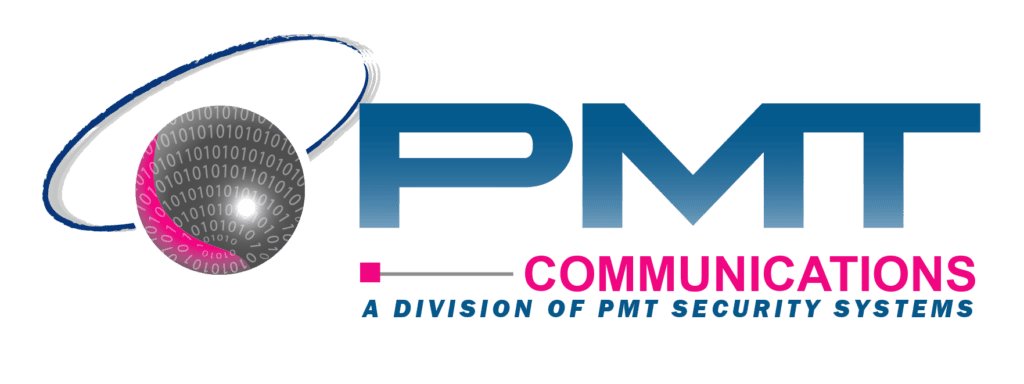Right from the start of the surveillance camera industry, businesses all over the world have seen the value in viewing and recording what goes on in their premises. From the 1960s when CCTV cameras first became widely available, through to modern times when IP network cameras have taken front seat in the surveillance world, there has been a wide understanding that cameras need to be placed strategically around the outside perimeter of a premises, as well as at mission-critical spots inside the building.
The most up-to-date, modern technology in our industry has moved the goalposts again, however. It once made sense to position cameras to capture broad angles of approach to a building, on ceilings in a hallway to capture movement from one end to the other, and of course at the most common entry-points such as the front and rear entrances, first-floor windows and so forth. However, there are now a host of new technologies that make it necessary to re-think the best places to put a camera.
Facial recognition (FR) is one such technology. Vendors such as Imagus can use FR technology to not only add benefits to security by identifying criminals, but also give users the ability to look for unknown associates of that criminal, and find people that may have been involved in an event but weren’t originally known to the user. It empowers users to find links between suspected individuals and follow certain behaviours on a whole new level of investigation.
Facial “verification†can also help customers in say, a retail environment, by recognising a VIP shopper and creating a seamless experience. Imagine walking into your local car dealership for a service and having all the paperwork ready for you at the desk, or walking into a coffee shop and using your face to get your regular order, without waiting in the queue.
Video analytics is another relatively new technology which is able to draw upon the information recorded by a security camera and map out observations about human movement. In the most simple form, this can help with motion detection, unexpected items placed in a certain area and mapping out objects that are expected to appear in a certain field of view.
Moving beyond simple functionality, video analytics can use complex algorithms to detect and pre-empt human behaviours, analyse an area with heavy foot traffic to observe any anomalies that might relate to criminal or dangerous activity, and much more.
Services like this can add a lot of value to an organisation, as well as enhance that company’s security. However, it requires a rethink on the optimal points for positioning the actual hardware, as a building with FR technology and video analytics will need to get cameras in place to capture as much detail in an individual’s facial features as possible, as well as capture that information at the points where it makes the most sense and adds the most value. In some cases, this might mean fish-eye cameras on a warehouse ceiling to capture and map out patterns of movement on a warehouse floor, and in other cases it might mean focusing a camera with a very wide dynamic range and IR illumination on an area with low light, in order to observe and trace unexpected movement in an emergency stairwell.
A camera at the front entrance of a store might traditionally be sourced to capture a broad view of the approach to the store and placed at such a point as to capture data on staff and customers as they walk in – but not necessarily at a high resolution. Cameras at the point of sale would focus on the cash register and POS touchpoints, to stop theft and ‘sweet-hearting’ discounts. Such placements may need to be enhanced to include vectors that focus on a customer’s face, rather than just on the cash register, in order to maximise the benefits derived from data analytics and facial recognition technologies.
Higher definition cameras generally work better in areas that require detailed imagery for video analysis and facial recognition, whereas lower resolution cameras can capture broader areas of pedestrian traffic and still accurately map out patterns of movement.
There is almost no end to the number of different cameras with specific uses, just as there is no end to the opportunities offered by new technology. Future-planning a network of cameras can add tons of value to an organisation, as well as enhancing the functionality of the security ecosystem. Thinking ahead about the right cameras and where to put them for maximum benefit will save time, capital expenditure and effort in the future.

